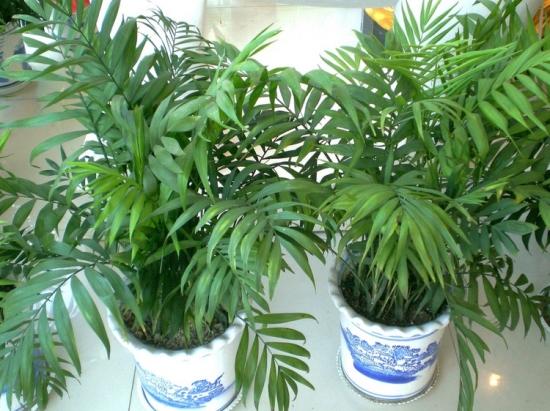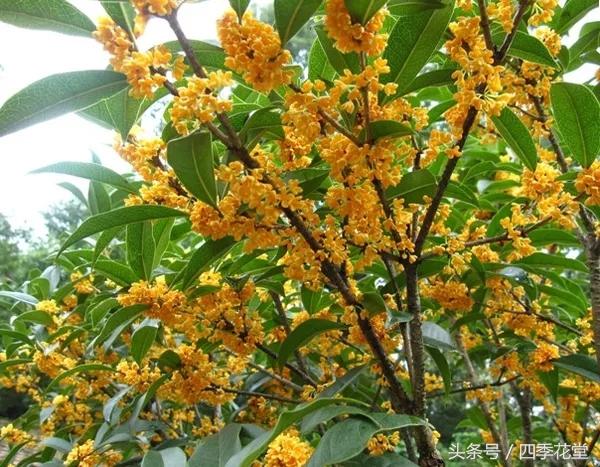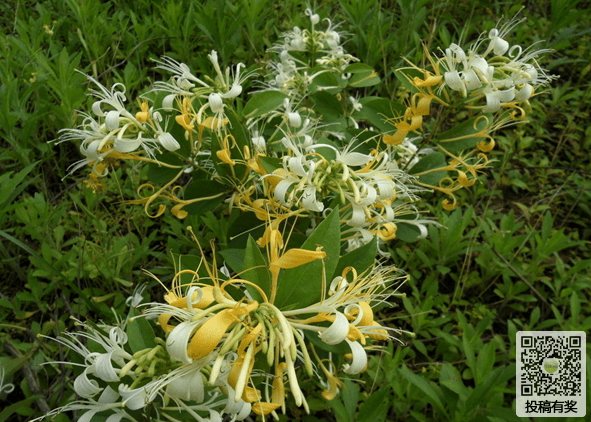How do you divide pocket coconut?
Pocket Coconut Rich Coconut Tail Sunflowers look similar, how do you distinguish them?
Green plants such as pocket coconuts, thick coconuts and succulents can be used as ornamental plants, and many friends have difficulty identifying them due to similarities in appearance. And how to distinguish these highly similar plants, you need to remember their respective characteristics, just distinguish it

The difference between rich coconut and pocket coconut:
1, pocket coconut, potted pocket coconut stems straight, no branches, dark green stems and leaves. The leaves are 14-22 cm long and 2-3 cm wide. Spring blossoms, yellow flowers, orange fruits.
2, rich coconut: potted rich coconut stems short and thick, leaves are very long, can reach 50-80 cm, was feather-like flat. Leaves are usually dark green and glossy. Rich coconut fruits are round reddish brown.
I believe that through these views we will learn something about the difference between coconut rich and pocket coconut. In other respects, coconut rich is usually used for decorative purposes and is a very good greening material. Pocket coconut can play the role of formaldehyde, families like to put a pocket coconut.
The difference between pocket coconut and sage:
Pocket coconuts and succulents are also easy to confuse plants, keep in mind the following:
1, pocket coconut: potted plants are generally less than 1 meter, except for straight stems without branches, their leaves are all plump, the leaves are wide needles, and the length is 14-22cm. The pocket coconut is dioecious and has small globules of flowers. The pocket coconut is an evergreen plant.
2, three-dimensional Kui: three-dimensional Kui is also an evergreen plant, but look closely, you will find that they are different. The base of the stem is slightly enlarged, the stem has no burrs, and the whole is cylindrical. The dark green leaves are smooth and slender, with two rows of slices, totaling 40-60 pairs. The leaves do not droop and are 40-60 cm long. The fruit is orange.
The easiest to distinguish is that the top of the leaf is two short leaves of different lengths, the petiole is slender, and the stem is golden yellow (also known as yellow coconut). The stem has many branches and the fruit has a turbine-like purple black color.
The difference between rich coconut and sage:
Both belong to palm shrubs, and it is difficult to distinguish between them, so remember their respective characteristics.
1, rich coconut: stems have more branches, dark green leaves, the front of the leaves droop, can reach 50-80 cm, reddish-brown fruit, flowers like flames, winter results. Generally grown in southern China, warm and humid environments are preferred, but it is also more hardy.
2, three flavors: smooth stems, yellow green leaves, leaves do not droop, scattered sunflower flowers are golden yellow, summer fruit orange. Sanwei sunflower is a kind of tropical plant that is not cold-resistant. If the temperature drops below 5 degrees, it will freeze to death. Therefore, it is also grown in a small area of China and has a high temperature stem in tropical areas.
I think you should be able to distinguish them from their characteristics by the separate statements above.
How do you grow a coconut green? Pay attention to these points!
Pocket coconut is a small plant, the taller variety is only about one meter. For potted plants and cut flowers, it's pretty good, so how do you keep pockets of coconut?
1, lighting
Pocket coconuts prefer semi-shady places, preferably astigmatism. If exposed to bright light, the leaves will turn yellow, but if left in the light for a long time, the plants will thin.
2, temperature
Pocket coconut is warm and suitable for sleeping at temperatures of 18-24 degrees Celsius and 13 degrees Celsius. In winter, it is better not to fall below 10 degrees Celsius.
3. watering
Pocket coconuts, like water, keep the soil moist during growth and wait for the potting soil to dry out two-thirds after the dormancy period. In addition, the air humidity of pocket coconut is very high, and if it is too dry, the nib will turn brown. During dry periods, such as autumn, it is often necessary to spray leaves to increase the humidity of the air.
4. fertilization
Compound fertilizers can be applied to plants monthly during the growing season. Diluted liquid nitrogen fertilizer is applied every half month. Reduce or stop fertilization in autumn.
5. Potting soil
Good planting fertile soil, good drainage, fertile soil. Cultivation soils can be made from humus soil, peat soil with a quarter of sediment or pearlite and a small amount of base fertilizer, or 70% vegetable soil mixed with 30% humus potting soil.
6, pocket coconut maintenance considerations
Beware of excessive light and resulting scorched edges. Pocket coconuts like cool environments, so indoor farming should be placed near the north window, east window or other bright scattered light, at a suitable temperature. Keep the humidity of the surrounding air, soil can not be used acid soil, but also should add a small amount of clay, every 3 years to replace the basin. In seedling stage, 3~4 times thin liquid fertilizer can be applied in spring and spring.
How do you distinguish Pocket Coconut from Podocarp? Do you know how to maintain such a pot?
Pocket coconut and podocarpus are a favorite foliage plant for flower lovers. These two green plants are better suited for indoor maintenance. They can not only play the role of pure air, but also beautify the living environment. This is a very good bonsai plant. The leaves of these two kinds of green plants are deeper, giving people a tropical style and vitality. If they are so similar, potted plants are different! What is the difference between Pocket Coconut and Podocarp? Maintenance technology can help you solve problems!
Pocket coconut is a small shrub green plant, belonging to evergreen plants. The pot is not high, the trunk is relatively straight, the branches are few, the leaves and branches are dark green, the leaves also have irregular lines, most of the leaves grow on the top of the branches, the shape of feathery leaves, the leaves have luster, a bit like false leaves. During flowering, you can see ginger berries, the leaves are flattened, and the mature leaves will be umbrella-shaped.
Pocket coconuts prefer a semi-negative environment. There are signs of yellowing of the leaves in strong sunlight. However, if placed in a place with insufficient light for a long time, there will be slender branches, so the better position for flowers to solidify indoors is a bright place near the window.
Pocket coconuts can grow well in a moist environment of potted soil. Soil moisture and air humidity must be maintained both during the growing season and during the dormant period.
Podocarpus is a highly evergreen eucalyptus tree. It is planted as a potted plant and can be pruned at will. This is an ideal home decor. The bark of the plant is darker and brown, the leaves are thicker, the green leaves are thicker, and the back is lighter.
The size of the pot will affect the growth of Podocarpus. If the pot is too small, the plant will be poor when it matures. Since the plants are moist, the daily water requirements of the plants should be maintained during cultivation, but there should be no signs of standing water, otherwise the plants will be injured. Potted plants should be placed in a well-ventilated position, which not only can effectively prevent the emergence of pests, but also can help plants grow.
Podocarpus plants are larger, so pruning shapes are an integral part. Due to the good plasticity of Podocarpus, the configuration of the plant can be freely played according to your own preferences.
Although these two plants are relatively good-looking in shape and very resilient, it is still not easy to upgrade them. Therefore, when maintaining, everyone should pay more attention to the above maintenance points to avoid plants. Bad sign.
Time: 2019-05-16 Click:
- Prev

How to raise sweet-scented osmanthus in the four seasons
Sweet-scented osmanthus can be raised to make your sweet-scented osmanthus bloom all the year round. Sweet-scented osmanthus cultivation, sweet-scented osmanthus is particularly fragrant, sweet-scented osmanthus likes acid soil, PH5.6-PH6 is better, sweet-scented osmanthus is not hot, spring is invisible, it does not like smoke, so do not put sweet-scented osmanthus in public places,? When the indoor temperature is higher than 20 °C
- Next

How to maintain honeysuckle in winter is best
Honeysuckle should be a flower that everyone is familiar with, because its medicinal value is very good, its flowers can be used for tea, but it can not drink too much, so winter comes, so many flower friends, but how to keep it in winter is better. The following small series introduces the winter maintenance method of honeysuckle. I hope everyone likes it.
Related
- Fuxing push coffee new agricultural production and marketing class: lack of small-scale processing plants
- Jujube rice field leisure farm deep ploughing Yilan for five years to create a space for organic food and play
- Nongyu Farm-A trial of organic papaya for brave women with advanced technology
- Four points for attention in the prevention and control of diseases and insect pests of edible fungi
- How to add nutrient solution to Edible Fungi
- Is there any good way to control edible fungus mites?
- Open Inoculation Technology of Edible Fungi
- Is there any clever way to use fertilizer for edible fungus in winter?
- What agents are used to kill the pathogens of edible fungi in the mushroom shed?
- Rapid drying of Edible Fungi

